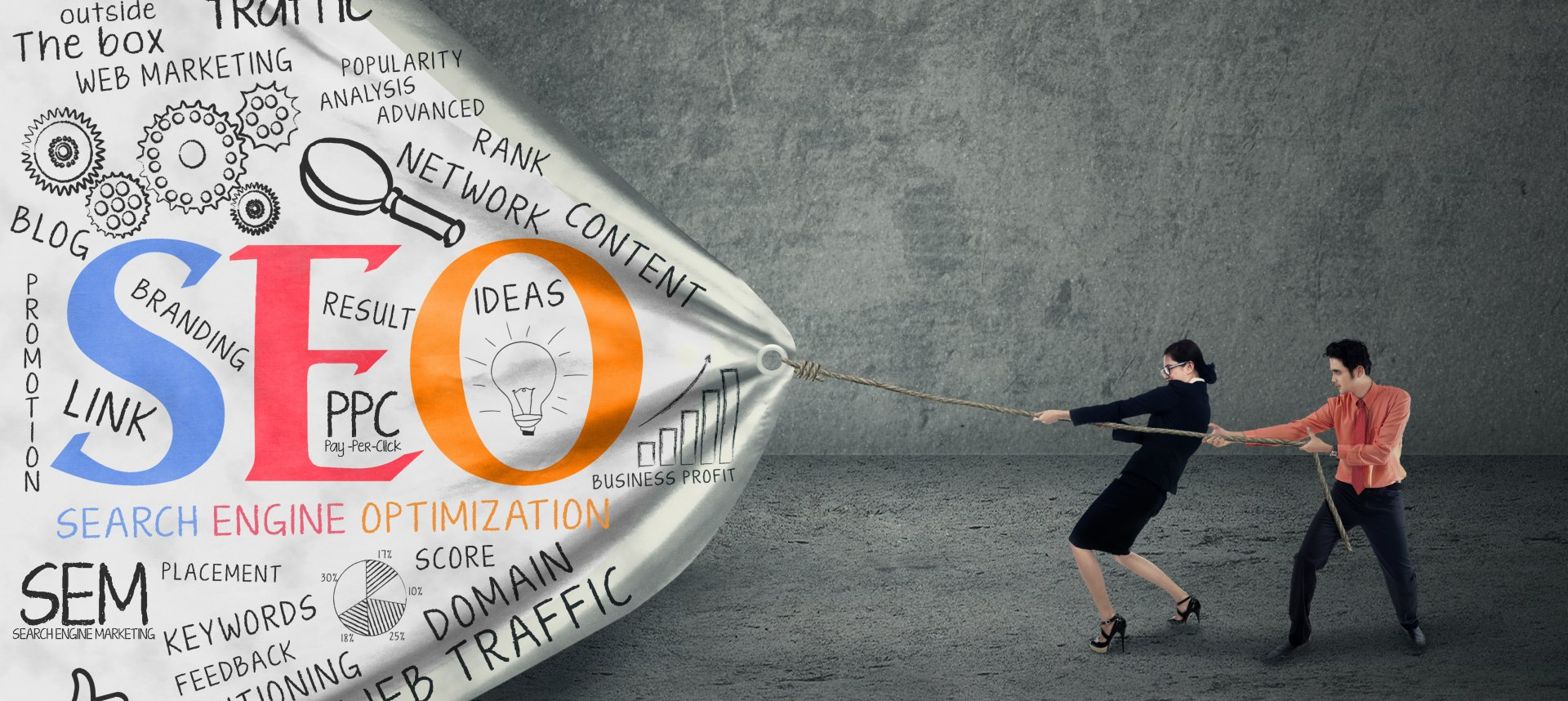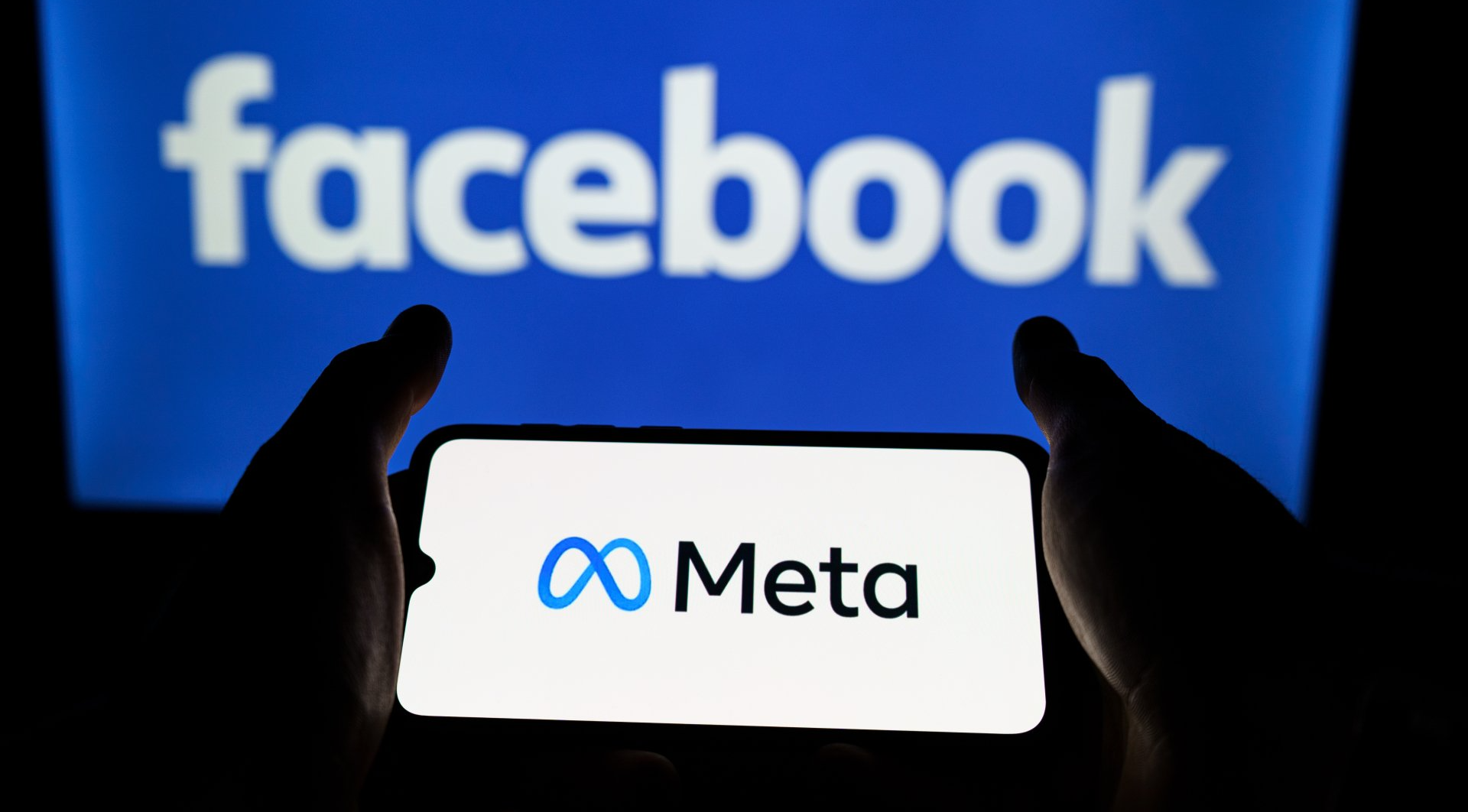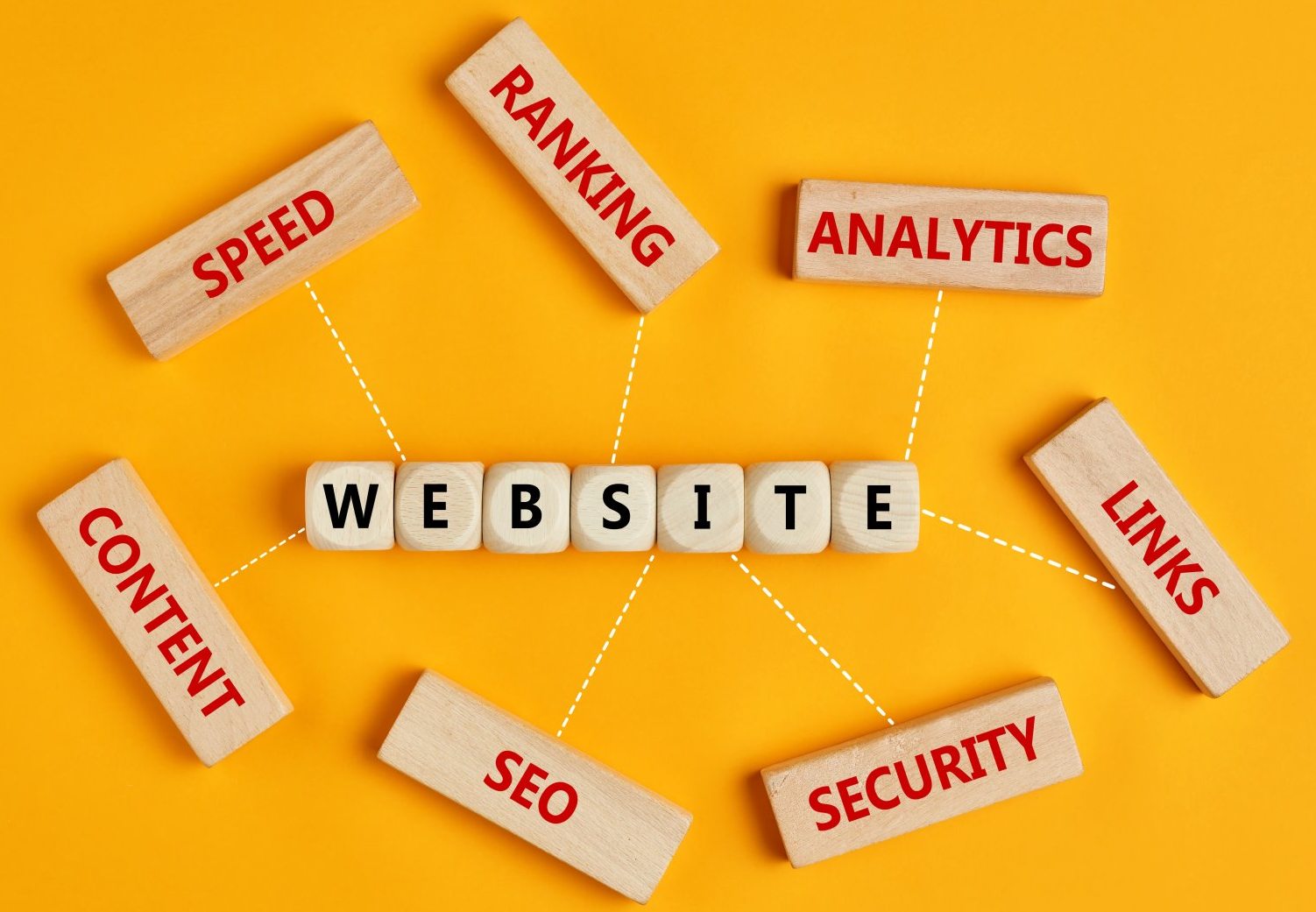How to Build SEO-Friendly Landing Pages

SEO is an industry in itself, meaning there is a lot to explore. However, you can get started on boosting your landing pages’ SEO with these best practices:
Target long-tail keywords.
These are highly specific keywords or key phrases that tend to be 4 or more words. For instance, “best copywriting tips for landing pages” is a long-tail key phrase, unlike the much simpler keyword “landing pages.”
As a rule, it’s much easier to rank for long-tail keywords than short-tail keywords because long-tail keywords are less competitive. And because landing pages feature very specific CTAs, it’s easy to place long-tail keywords on them naturally.
Segment your traffic.
It's likely that your target audience consists of more than 1 persona. For example, if you’re selling reusable water bottles, you’ll want to market to several kinds of buyers: athletes, travelers, hikers, and so on. Because these buyer personas are different, you’ll need several approaches to appeal to them.
Consider creating separate landing pages for each segment of your audience. This will require researching the keywords each persona would use to find what you're offering. When you segment your traffic, you can boost your visibility in search engines and tailor your message to appeal to people with different needs.
Improve page loading speed.
It’s hard to hold a potential customer’s attention when so many other companies are competing for it. Users can be impatient and easily distracted, so if your landing page loads slowly, your chances of them converting get smaller.
To maintain a high conversion rate, landing pages have to load at lightning speed. Fortunately, because they only have 1 purpose, it’s easy to optimize them. Reducing image sizes is just one way you can speed up your page’s loading speed.
Earn backlinks.
These are links that point from other sites back to yours. They send traffic to your landing pages, essentially acting like votes of confidence in the eyes of search engines. When they come from well-established, high-authority websites, backlinks show that what's on your page is valuable. As a result, your site’s rankings on search engine results pages will increase.
Consider contacting other websites for guest posting opportunities to build backlinks, but beware of any site that asks for payment—Google frowns on link-building schemes of this nature.
Make your content shareable.
That means making it unique or novel in some way. Remember, all of your potential leads are connected with others who might also want what you have to offer. When you allow them to share your landing pages, you can tap into these larger networks. Besides driving more leads to your page, this added traffic will boost your search engine rankings.

Optimizing landing pages for conversions
SEO is only half the battle. As much as it is important for your landing page to rank well on google it is also important to optimize your landing pages for conversions. Here are 12 tips on how to do that.
1. Write an enticing headline.
Reel users in with an intriguing and well-written headline. You can draw attention with specific keywords like “free” or “now.” Couple your engaging title with strong copywriting to keep your users on the page long enough to convert.
2. Match your H1 heading to the meta title that your users clicked to get to your landing page.
This reassures users that they've landed in the right place. Doing otherwise can damage your reputation and your search engine rankings, because both readers and search engines tend to regard inaccurate meta titles as deceptive and misleading.
3. Try to position your CTAs above the fold.
Your CTA should be one of the first site elements that visitors see. Unfortunately, this isn’t always possible, especially when you’re designing for mobile users. In such cases, refer to tip #4.
4. Use directional cues to guide users to your CTA.
Good examples include arrows or a picture of someone looking toward your CTA. This is especially important if your CTA isn't above the fold. Skillfully placed cues encourage visitors to scroll, keep reading, and convert.
5. Show your product or service in use.
A video or product demo can provide context if you offer something uncommon or not widely understood. This information also helps potential customers picture themselves using your product or service.
6. Provide social proof.
Do you have testimonials from happy customers? If so, include them in your landing page copy. If your product or service is popular, you can also note how many people have already taken advantage of your offer. Providing social proof can convince others to hop onto the bandwagon and try your product or service themselves. Most customers looking for a product or service will look at reviews from other customers before purchasing said product or service. This is because people want to know how the product or service actually benefits people after purchase.
7. Use bullet points.
There's likely more than 1 feature or benefit to what you’re offering, so list them out using numbered lists or bullet points. This is more reader friendly because it’s easier on the eyes and more scannable than a large block of text.
8. Repeat your CTA.
If your page features a heavy amount of text, it can help to place your CTA at the beginning and the end—and even in the middle. Presenting more conversion opportunities to your readers increases their chances of taking action, but be careful not to overwhelm them. Too many CTAs can be considered “spammy” by readers and cause them to leave your page.
9. Provide your contact info.
Giving your leads the option to reach out to you with questions or concerns will put them at ease, even the ones who won’t actually do so. Why? Providing your contact info is a sign of legitimacy, telling customers that you’re there to help should they need it.
10. Deliver your message via video.
Not everyone will stick around to read the copy on your landing page, which is a part of why video content is rising in popularity. This doesn't mean that your website should be free of text, though. Pairing text with video content can be an effective way of capturing and maintaining users’ attention. Because many users don’t turn on their sound, it’s also a good idea to include subtitles whenever possible.
11. Test several variations of your pages.
Different headlines, visuals, calls to action, and more can produce different results. Conduct A/B tests to experiment with variations of your landing pages and see which ones perform the best. This can help you optimize your landing pages for the most success.
12. Create must-click destinations
Because they help convert leads into paying customers, landing pages are a critical part of your digital marketing strategy. These pages help guide users further along your customer journey because they act as a nudge to take action. This action should be either purchasing a product or service, signing up for a newsletter or email list, or checking out your full website for more information.
How many landing pages should I have?
Every unique landing page is an opportunity, and there's no limit to how many landing pages your website can have. Most studies show that the more landing pages a website has, the more conversions it sees, so long as its landing pages aren’t competing with each other. To ensure that your landing pages aren’t competing for traffic, make sure that each one targets a different demographic or encourages your users to take a different action.
Now that you know what landing pages are and how to optimize them, you’re ready to create one.
To Learn more about WMA visit: www.wamplermacgregor.com










